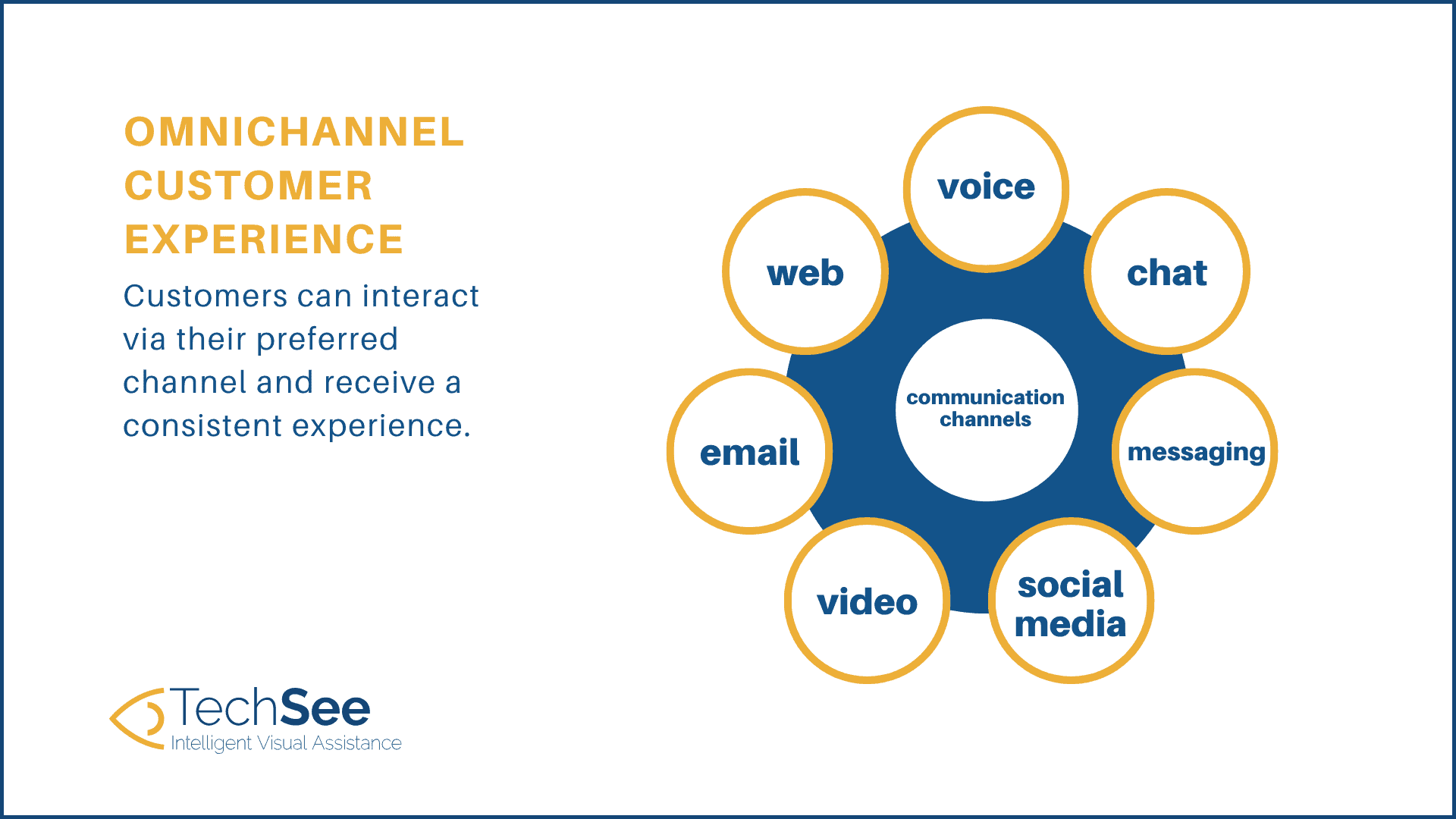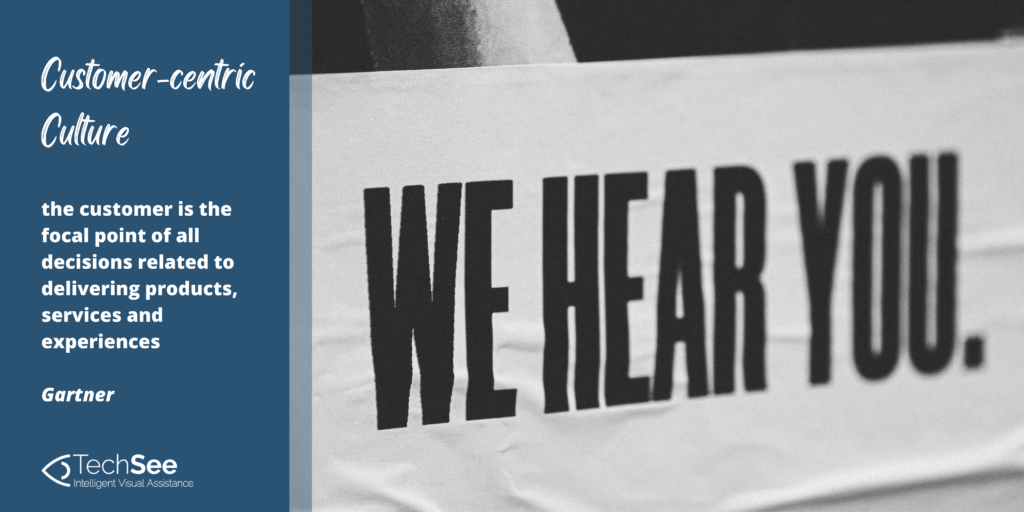Contents
Customer service has always been important for building and maintaining a competitive edge in the telecom industry. That hasn’t changed – but with new norms come new customer demands and standards. It’s a whole new ballgame to win and ensure customer loyalty. Today, that long-term loyalty depends on quality of service and level of satisfaction.
The COVID-19 pandemic accelerated the adoption of digital channels – by businesses and consumers alike. High performance became an even more critical factor for the telecommunications industry during the pandemic, with people working from home and requiring reliable service and support at all hours of the day.
Customers expect telecommunications providers to deliver the highest level of digital interaction across multiple channels. And on the flip side, telecom companies have high potential to increase their revenue by improving customer experience. As technologies such as artificial intelligence become a part of our daily lives and shape our expectations, telcos are constantly being measured by their customer service in an already highly competitive environment.
The Importance of CX Today
Customer service covers a wide ground, and there is more than one strategy to enhance satisfaction. But it all boils down to optimizing services and providing positive experiences that will drive customer loyalty – and consequently, boost your revenue. And for that, telcos have to prioritize superior customer experience.
For most businesses, customer experience is the top priority looking forward. A Forrester report on customer experience for 2022 shows customer expectation for the services that were jump-started during the pandemic to become the new normal. Customers are demanding changes, and to meet demand, companies have to continuously monitor customer needs and expectations.
One in three adults consider a single bad customer experience enough to consider switching providers, underscoring the importance of telecom companies making customer experience a priority, to build loyalty by providing best-in-class services.
Challenges Telcos are Facing To Survive
Differentiation
The challenge of how to differentiate their customer experience to maintain a competitive edge. Customer service and digital experiences are key points of differentiation for telecom companies; investing in digital channels and innovative technologies can set new standards and are the best way to maintain a competitive edge.
Customer retention
The telecommunications industry has a high churn rate – and that’s directly related to poor customer service. In a study conducted of retail, telecommunications, travel, financial service, and big box retailers, telcos had the second highest churn rate – 27 percent. Keeping customers and attracting more, working to build trust and loyalty, are basic requirements for companies to thrive in a competitive environment.
Meeting expectations
Customers have come to expect the same high-quality digital experience that they get in other industries, and they have no problem moving to the company that provides them with better. To stay ahead, companies have to continuously track customer satisfaction and KPIs to determine pain points, working to build a level of trust and ensure satisfaction through various channels.
5 Strategies To Enhance the Telecom Customer Experience
New technologies are facilitating a seamless telecom customer journey, providing personalized experience and interactions across multiple channels. With live chats, text chats, mobile accessibility, virtual support self-service and more all on the table, telcos can increase their agility and provide the intuitive experiences that their customers have become accustomed to. Let’s look at some forward-looking strategies to enhance telco CX.
Strategy 1: The Omnichannel Customer Experience
Customers today are tech-savvy and seek digital, interactive engagement. They expect to have the option to interact with the company on their preferred channel, and seamlessly transition from one to another when needed without having to start over and repeat the conversation. Telecom companies who embrace the growing trends for intelligent automation, self-service, and other AI-powered tools will remain ahead of the game at every customer touchpoint. Whether live chat, chatbot, virtual assistance, or other – customers want to know that they will get consistent service in every channel.
Comcast has tapped into this trend with its approach. Customers can interact with the company via their preferred channels, and the data set and next best action will be consistent across all of those channels. If a customer needs to be transitioned from one customer service channel to another, the telecom company strives to make that transition as painless as possible, ensuring that the new interaction does not require the customer to start over.
Strategy 2: Understand Customer Expectations
A customer-centric approach is the basis for providing the best telco customer experience, understanding expectations for all touchpoints. Customers expect convenience – around the clock support, easy accessibility to customer service, efficiency, fast resolutions to problems, and self-service options. Digital services are a key metric for measuring customer experience. Providing added value and functionality and expanding existing digital channels are critical to enhancing the customer journey. Knowing what customers want and providing them with excellent customer service is a great differentiator for telecom companies.
BT has taken this opportunity seriously, instituting a company-wide customer-centric culture. The company invested in coaching frontline talent and built a volunteer program called ‘Tiger Teams’ where employees engage in projects focused on improving customer experience in telecom.
It has also implemented customer-focused programs where staff support subscribers throughout their order journey, reducing complexity and improving overall communication. BT’s consistent messaging has led to a 24-point NPS increase in just 12 months.
Strategy 3: Leverage AI-Powered Analytics and Data
Telecom companies have a huge amount of data. Pulling that information to track and analyze key indicators of customer satisfaction can provide critical metrics and great insights, enabling proactive measures to improve the customer experience. Using Big Data and AI-based digital tools to identify and solve problems helps optimize customer interactions and provide the high-performance service that is vital to future growth.
Verizon, for example, offers a suite of enterprise solutions called Digital CX, which blend human and artificial intelligence to enhance customer experience.
Customers receive personalized experiences based on their previous interactions through social media, chat, email, text, phone. Agents can seamlessly access customer data across platforms, with the system collecting insights, learning from them, and improving its performance over time.
Strategy 4: Empower Customer Service Representatives
A customer-centric approach shouldn’t bypass the important role of customer service agents. Providing agents with the digital tools to offer access to information and effective assistance on a wide range of topics, smooth transition to a live agent to avoid repetitive questions and improving customer relationships from the personal angle. Although AI and automation have become an integral element of customer self-service, they are also important tools for agents, and many people prefer live support – from a friendly, helpful, and knowledgeable staff.
Strategy 5: Personalize the Customer Service Experience
Understanding customer preferences and personalizing engagements promotes next-level customer experience. Orienting response to a conversational rather than mechanical tone, leveraging profile and behavioral data based on previous interactions – through email, social media, chat or text and artificial intelligence to deliver a personalized experience.
T-Mobile customers have their own dedicated teams of customer care representatives across the USA, who offer quick, efficient assistance on a wide range of topics, from the most basic to the highly complex. Team members are all up to date on customer issues, seamlessly picking up the conversation if a follow-up call is required. T-Mobile was awarded J.D. Power’s Highest in Customer Service among Full-Service Wireless Providers twice in a row.
| Telecom Company | Strategy to Improve CX | Advantages of Strategy |
|---|---|---|
| Comcast | Omnichannel customer service | - Provides a seamless transition from different modes of communication - Meets customers’ expectations of CX standards |
| BT | Customer-centric culture | - More personalized for customers - Higher chance of positive experience for customer, boosting customer loyalty |
| Verizon | AI-based digital tools | - Incorporating AI in CX makes it easier to collect more data and provide higher level of assistance |
| WCTel | Human agents | - Incorporating AI and AR technology enables providing better service and faster resolution with remote visual assistance - Boosts customer satisfaction and net promoter score |
| T-Mobile | Human touch | - More personalized for customers - Caters to large percentage of customers who appreciate human interaction |
Transforming the Customer Journey in the Telecom Industry
Your customers are your most important assets – so improving and innovating the customer journey is the keynote of the telecom agenda, critical to remaining relevant in a changing and competitive industry. Customer experience is proactive – that means showing customers that you are making significant efforts and investing in meeting and exceeding expectations. Increasing the value in digital customer service channels and improving engagement are key drivers to customer retention and long-term loyalty. Ultimately, providing an exceptional telco customer journey gives the customers what they need – while driving business growth.








